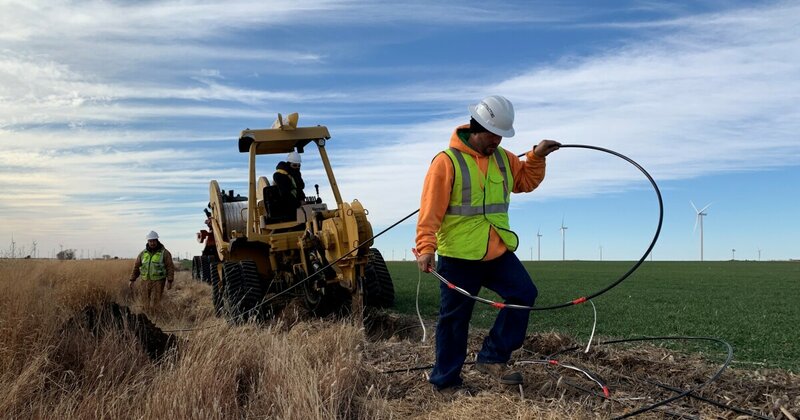Installing fiber-optic internet in sparsely populated places like western Kansas is extremely expensive, even with government subsidies. But some smaller, local broadband providers are finding ways to make it work where the big national companies have not.
HAYS, Kansas — With a family of five and a farming operation to run, Clay Scott’s home internet didn’t come close to cutting it.
Pulling up a weather page in a browser could take so long it produced an error message rather than a forecast. He tried installing a wireless security system, but it sucked up so much bandwidth that nothing else in the house would work. Once when his son needed to email a school project, the rest of the family had to log off just to give their connection enough capacity to send it.
“Today, we really expect it to be: Snap your fingers, here you go,” Scott said. “So it was definitely a challenge.”



 Internet
Internet Telecommunications
Telecommunications


